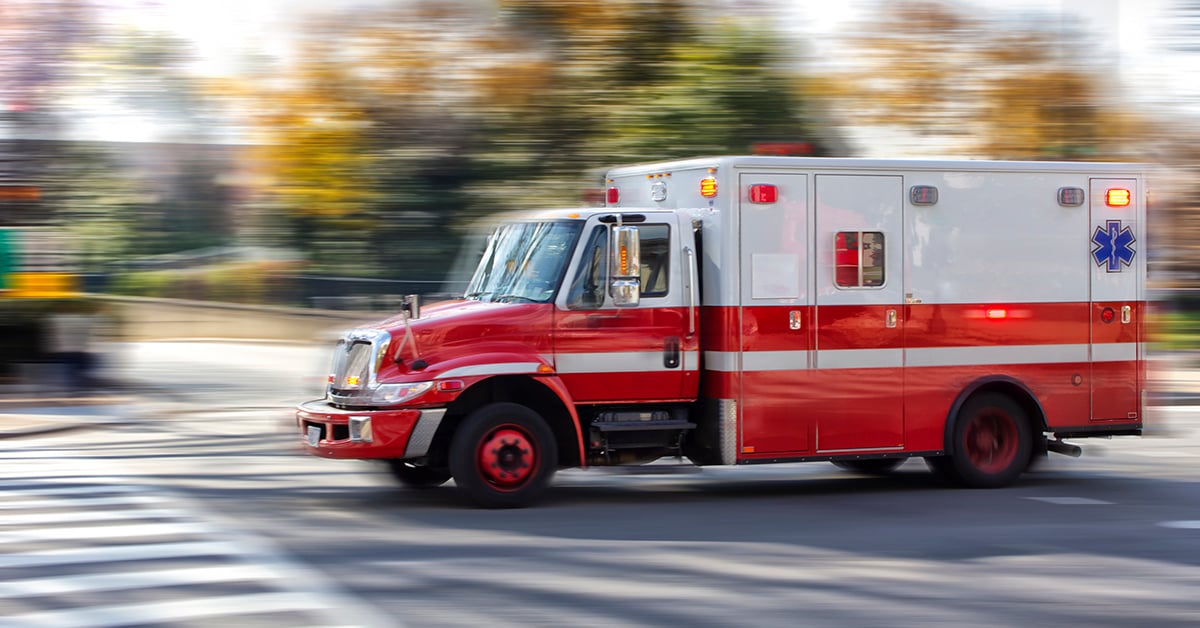
When a medical emergency happens, there’s no time to waste.
Spending even a minute trying to figure out what’s happening to your loved one can mean the difference between life and death.
It’s why we think medical alert systems are so valuable, and why we’ve put together this guide on how to recognize the warning signs of a few common and very serious medical emergencies.
Heart Attack
 When we think of heart attacks, we tend to imagine someone having extreme chest pains.
When we think of heart attacks, we tend to imagine someone having extreme chest pains.
However, pressure and pain in the chest is only one of many heart attack symptoms, which also include:
- Discomfort or pain that moves from the chest to the shoulders, back, neck, teeth jaw or arms, and sometimes the upper abdomen
- Sweating
- Nausea
- Dizziness
- Shortness of breath
Heart attacks will typically cause chest pain for 15 minutes or more, but they might not have any symptoms at all. It’s important to recognize that symptoms beyond chest pains – indigestion, continual pain in the neck or jaw – might occur.
Many heart attack sufferers have warning signs hours, days or even weeks in advance. If you or someone you know is having a heart attack, here’s what to do:
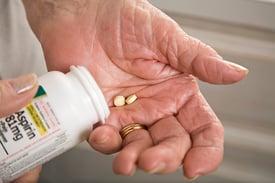 Call 911 right away. If you don’t have access to emergency services, have someone drive you to the emergency room. Only drive yourself as a last resort, as this puts you and other people on the road at risk.
Call 911 right away. If you don’t have access to emergency services, have someone drive you to the emergency room. Only drive yourself as a last resort, as this puts you and other people on the road at risk.- Chew and swallow an aspirin, unless you’ve been warned by your doctor to avoid aspirin or are allergic. Take nitroglycerin if it’s been prescribed.
- If the person having the heart attack is unconscious, begin CPR. If you’re not trained in CPR, doctors recommend doing only chest compressions, about 100-120 per minute. The 911 dispatcher can instruct you on what to do until help arrives.
Stroke
To spot the warning signs of a stroke, remember the FAST method:
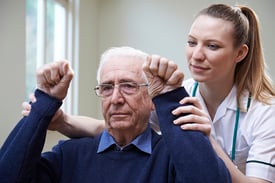 F (Face) – Is the face numb? Does it droop to one side?
F (Face) – Is the face numb? Does it droop to one side?- A (Arms) – Is one arm numb? Weaker than the other arm? Does it stay lower than the other when trying to lift both arms?
- S (Speech) – Is the speech slurred?
- T (Time) – If the answer to any of these questions is “Yes,” it’s time to call 911.
However, there are other stroke symptoms, including weak or blurred vision, loss of vision in one eye, numbness on one side of the body, nausea, headache, loss of bladder or bowel control, loss of balance, dizziness, loss of consciousness.
If you think you or someone nearby is having a stroke, take these measures:
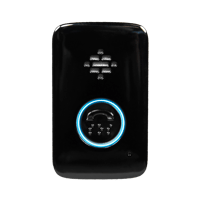 Call 911 (or have someone else call if you’re the one showing symptoms).
Call 911 (or have someone else call if you’re the one showing symptoms).- Make sure the person having the stroke is safe and comfortable. Have them lie on one side with their head supported in case they vomit.
- Make sure they’re breathing. If not, perform CPR. If they’re having trouble breathing, loosen constricting clothing like ties or scarves.
- Keep them calm.
- Cover them in a blanket.
- Don’t give them any food or anything to drink.
- Avoid moving people showing weakness in any of their extremities.
- Tell the 911 operator about the symptoms, when they started and whether they’ve suffered a head injury
Choking
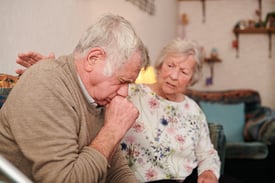 When someone is choking, it’s critical that they receive first aid right away. While the universal sign for choking is hands at the throat, the person choking may not think to do that.
When someone is choking, it’s critical that they receive first aid right away. While the universal sign for choking is hands at the throat, the person choking may not think to do that.
If not, look for these signs:
- Inability to talk
- Trouble breathing
- Noisy breathing
- Squeaking noises while attempting to breath
- Coughing (either weak or forceful)
- Flushed skin turning pale or bluish
- Nails, lips and skin turning bluish or dusky
- Loss of consciousness
 If the person who is choking is able to let out a forceful cough, they should keep coughing. If they can’t talk, cry or laugh forcefully, use the “five-and-five” method suggested by the American Red Cross:
If the person who is choking is able to let out a forceful cough, they should keep coughing. If they can’t talk, cry or laugh forcefully, use the “five-and-five” method suggested by the American Red Cross:
- Give five blows to the back – Stand to the side and just behind a choking adult (for a child, kneel down behind them). Put one arm across their chest for support, bend them at the waist so their upper body is parallel with the ground and use the heel of your hand to deliver five separate back blocks between their shoulder blades.
- Give five abdominal thrusts, otherwise known as the Heimlich maneuver.
- Alternate between the back blows and the Heimlich until the blockage is dislodged.
 To perform the Heimlich maneuver:
To perform the Heimlich maneuver:
- Stand behind the person with one foot slightly in front of the other for balance. Wrap your arms around their waist and tip them forward. (Again, do this while kneeling if dealing with a child).
- Make a fist with one hand, positioned just above the navel.
- Grab the first with your other hand, pressing hard into the abdomen with a quick, upward thrust, as though you were trying to lift them.
- Do this six to 10 times until the blockage is released.
It’s also a good idea to take classes to learn CPR and the Heimlich maneuver so you can perform these techniques with confidence.
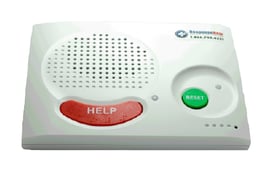 And again, having a reliable medical alert system in your home can allow you or your loved ones to call for help even when they can’t get to a phone.
And again, having a reliable medical alert system in your home can allow you or your loved ones to call for help even when they can’t get to a phone.
Marx Medical Equipment offers three different medical alert options: the In the Home system for users who spend most of their time in or immediately around their house, and the Belle and Belle+ systems, which use cellular networks to place calls from anywhere there’s cell reception.
Contact us today to learn more about our medical alert systems. We look forward to helping you find a device that can protect you and your family.

